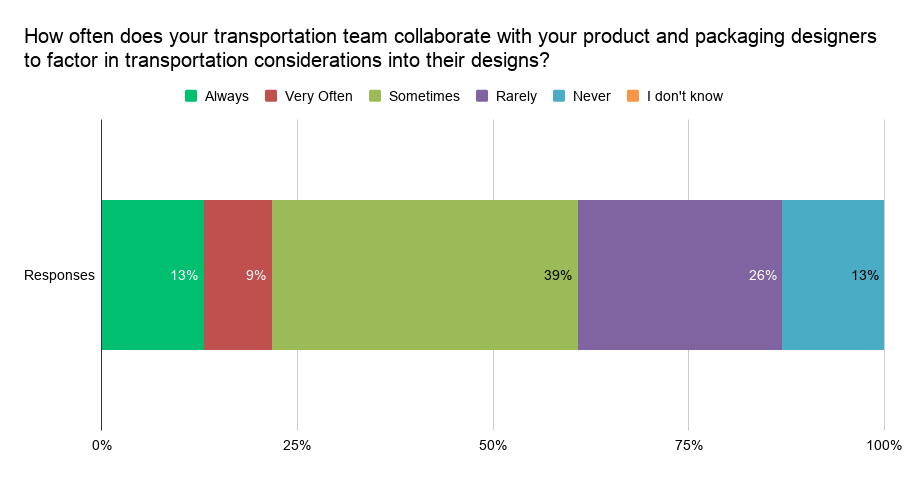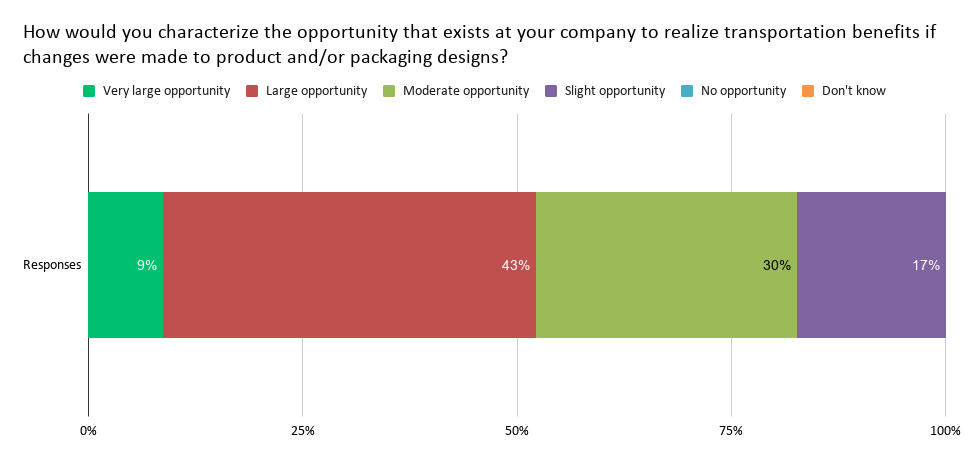Transportation executives are always looking for ways to reduce costs. A common approach is via mode conversion, such as using rail instead of trucks for long-haul moves, or combining multiple less-than-truckload shipments into a single truckload. There are also cost savings available via procurement, such as ensuring compliance with routing guide, or in this “softer” market environment, leveraging the spot market or real-time procurement capabilities in select lanes to secure lower rates.
Those are the “low-hanging fruit” opportunities. Further up the tree, where many shippers fail to look or reach, is enabling greater collaboration between their transportation and product/packaging design teams.
In the Wall Street Journal yesterday, Trefor Moss reports how IKEA is redesigning many of its products to save on material and shipping costs. Here are a couple of excerpts from the article:
For one of IKEA’s most popular office swivel chairs, the Flintan, smaller armrests and less steel and plastic in the back cut manufacturing costs. The new Flintan, which hit stores in 2021, is roughly the same size as its predecessor, but it’s much more efficient to ship after designers tweaked its components to make them fit more snugly into a flat pack. IKEA can now squeeze 6,900 Flintans into one shipping container, up from 2,750 [emphasis mine].
When they turned to packaging, they cut freight costs by purging flat packs of “fresh air and wasted space [emphasis mine],” said Fredrika Inger, IKEA’s global range manager. On the new Nämmarö garden chair, the curved wooden slats featured on a previous model were straightened, which allowed the components to be packed more tightly together.
IKEA has done this before, as I highlighted back in June 2015 in “The Better Goal: More Fuel Efficient Trucks Or Using Fewer Trucks?”
Another example: When Sealed Air Corp., the makers of Bubble Wrap, developed a new version of the product called iBubble Wrap, it also realized significant transportation cost savings (see “Bubble Wrap Loses Its Pop For Logistics Cost Savings”). In short, one truckload of iBubble Wrap contains as much packing material as 47 truckloads of the old product!

In June 2020, we asked members of our Indago supply chain research community — who are all supply chain and logistics executives from manufacturing, retail, and distribution companies — “How often does your transportation team collaborate with your product and packaging designers to factor transportation considerations into their designs?”
Less than a quarter of our member respondents (22%) said that their transportation team “Always” or “Very Often” collaborates with their product and packaging designers to factor transportation considerations into their designs. Almost 40% said that they “Rarely” or “Never” collaborate.

Yet, more than half of the respondents (52%) said that a “Very Large” or “Large” opportunity exists to realize transportation benefits if changes were made to product and/or packaging designs.

The findings suggest that many companies are leaving significant transportation benefits on the table due to a lack of collaboration between their transportation and product/packaging design teams. (For additional insights from the research, see “Transportation Benefits Via Smarter Packaging/Product Design”).
Simply put, if you’re looking to reduce transportation costs and you’ve already picked all the low-hanging fruit opportunities, go meet with your colleagues in product and packaging design. With a little collaboration, you can make a big impact on your company’s bottom line.
Have you had any success in enabling transportation benefits via smarter product/packaging design? What are the hurdles to driving better collaboration between these functions? Post a comment and share your perspective!









